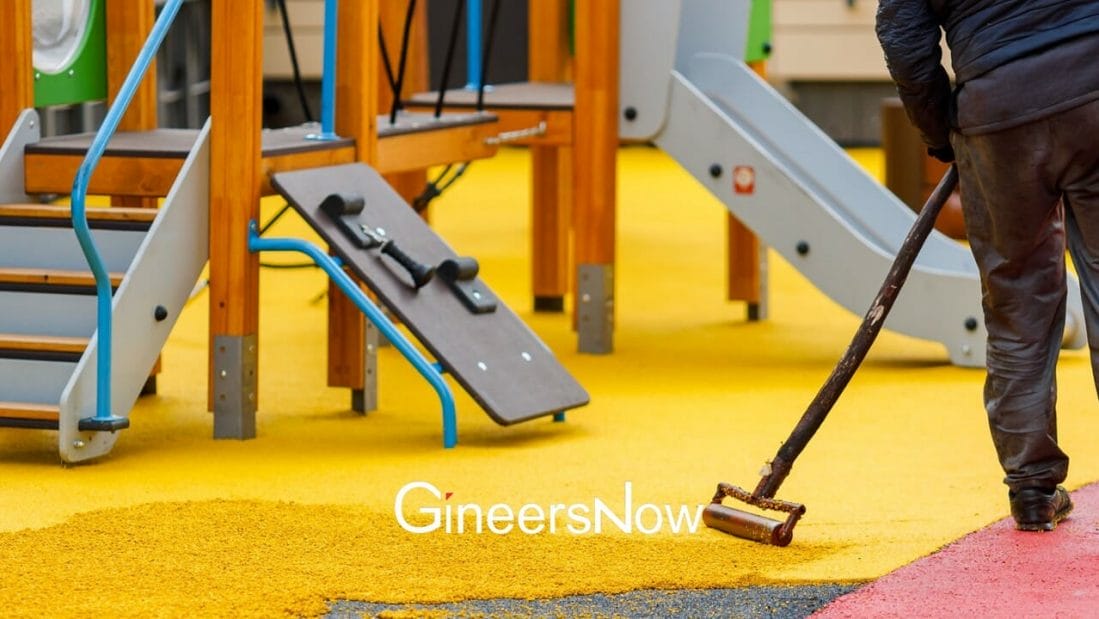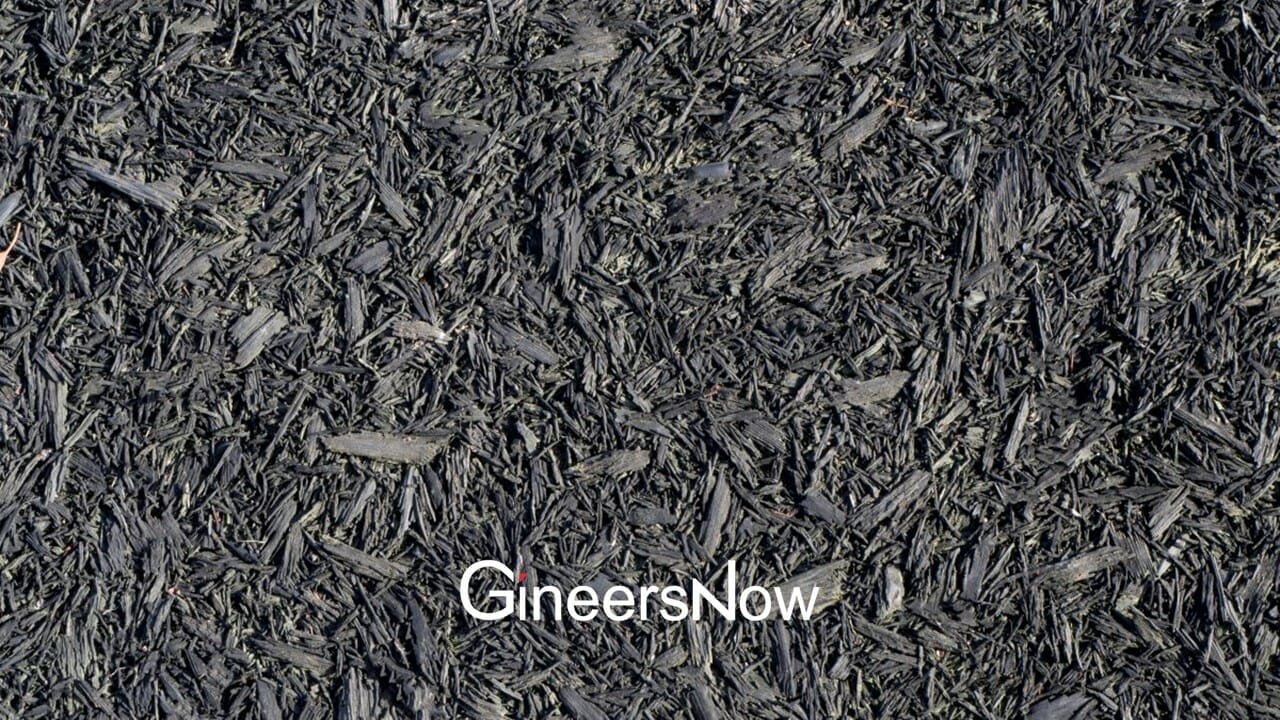Tire recycling is a vital industry that significantly aids in resolving one of the world’s most substantial waste problems: discarded tires. Previously, these were considered useless after wear and tear, but today, they’re a critical resource. They prove to be advantageous to various industries and contribute to environmental preservation.
This comprehensive guide illustrates the tire recycling process, particularly focusing on using a tire mulching machine. You’ll understand each phase with detailed descriptions, from tire collection to the final mulching product.
Before delving further, it’s important to explore the history of tire recycling, leading up to the advent of tire mulching machines.
The Origins And Evolution Of Tire Recycling
In the early 20th century, tire waste, largely due to mass automobile production, was considered a growing nuisance. Despite sporadic attempts to repurpose tires for their rubber content or civil engineering projects, their scale was daunting, with tire dumps becoming alarmingly common.
A more systematic approach emerged after World War II with the advent of tire retreading. The practice involved refurbishing used tires by replacing worn-out treads, thus extending their lifespan.
Around this time, waste tires found applications in creating artificial reefs, erosion barriers, and even fuel for cement kilns. However, these uses were imperfect, often resulting in significant environmental issues.
By the late 20th century, escalating environmental concerns and technological advancements culminated in the birth of the modern tire recycling industry. Techniques like crumbing and shredding, which converted waste tires into beneficial materials, started becoming commonplace, setting the stage for the introduction of tire mulching machines.
Tire Mulching Machine: A Game Changer
The tire mulching machine marked a significant turning point in the tire recycling industry. This equipment was able to process shredded tires further, reducing them to a fine, mulch-like consistency. The resulting product had a broad range of applications and significantly increased the market for recycled tire products.
Today, tire recycling and using tire mulching machines are standard practices in many parts of the world. From its humble beginnings, the industry has become vital to global waste management.

The Mulching Process
Now that you’ve traced the historical path, it’s time to look into the intricate process of tire recycling using a tire mulching machine. This comprises the following steps:
- Tire Collection: Initiating The Recycling Process
The first and fundamental step in tire recycling is tire collection. These waste tires come from various places, including vehicle repair shops, old tire stockpiles, and municipal waste management facilities. Each discarded tire is viewed not as environmental clutter but as a sought-after resource. These are transported to the recycling facility, beginning their journey from waste to worth.
The collected tires are prepared at the recycling facility for the transformation process. Here, they’ll be turned from environmental hazards into useful materials, changing their narrative from waste to resource.
- Inspection And Sorting: Preparing For The Transformation
On arrival at the recycling facility, the tires undergo a detailed inspection and sorting process. This categorization based on their conditions and sizes is vital as it determines the recycling method best suited for each tire. Those in severe conditions may undergo a different recycling process than those in better shape.
The sorting process ensures that each tire follows the appropriate recycling path. By differentiating them based on their state, the recycling facility ensures the efficiency and effectiveness of the recycling process.
- Debeading: Stripping The Tires
Post sorting, the tires undergo debeading. This process involves removing the bead—a band of reinforced steel wires encased in rubber—from the tire. Bead extraction is an essential step in tire recycling, as it facilitates the upcoming stages of the process.
Removing the bead also has another benefit: it prolongs the lifespan of the tire mulching machine and other recycling equipment. The facility safeguards its equipment by eliminating these hard, abrasive elements before the tires reach the machinery, ensuring a longer operational life.
- Primary Shredding: The First Breakdown
The first major step in the tire recycling process is primary shredding. At this juncture, the de-beaded tires meet the powerful blades of the primary shredder. Here’s a video showing this juncture:
Each blade pass cuts the tire into large strips or chunks, transforming the unwieldy whole into a more manageable form. The shredder’s robust and efficient design ensures a smooth operation, capable of tackling many tires with relative ease.
Primary shredding is critical in reducing the tires’ physical size and facilitating the subsequent stages of the recycling process. The shredded pieces are easier to handle and process, allowing further breakdown.
Moreover, the shredding process is a testament to the tire’s transition from a waste product to a resource. As the tires are torn and ripped apart, they shed their original identity, inching closer to becoming a new, valuable commodity.
- Secondary Shredding And Granulation
Once the tires have undergone primary shredding, they proceed to the secondary or granulation stage. It sees the tire chunks being further reduced to small granules, often less than an inch in size; so, now, they’re one step away from their final, valuable form. The size reduction is achieved through complex machines, including secondary shredders, granulators, and classifiers.
Secondary shredding and granulation serve as an essential refining stage in the recycling process. By breaking down the tires further, these stages ensure the material is in optimal condition for subsequent processing. The tire granules are now ready for additional cleaning and sorting before proceeding to the final stage of the recycling process.
- Steel And Fiber Removal: Purifying The Rubber
After granulation, the rubber granules pass through a series of magnetic separators and fiber screens. These machines efficiently separate the remaining steel wires and fabric fibers from the granulated rubber. Now cleaned and free of non-rubber elements, the granules are ready to be transformed into a usable product.
The removal of these elements is vital for the final product’s quality. It ensures that the resulting product is pure rubber, suitable for various applications.
- Fine Grinding: Achieving The Perfect Size
With the granules cleaned, they now go through fine grinding. This process uses a tire mulching machine to grind the granules into smaller particles. The result is a product that closely resembles the texture and size of wood mulch, showing the tires’ transformation from waste to a usable product. The grinding process doesn’t just change the size of the granules; it also changes their potential.
- Coloring And Packaging: The Final Touches
The final stage in the process involves coloring the rubber mulch. It’s often colored to mimic wood mulch’s appearance, making it more appealing for its various applications. Once the coloring process is complete, it’s packaged, marking the end of the recycling process.
Different Types Of Tire Mulching Machines: Variety For Every Need
Tire mulching machines aren’t all the same. They come in various shapes and sizes, each tailored to meet specific needs. The type of machine selected can significantly impact the efficiency and output of the tire recycling process. Understanding their differences can help determine the best fit for a particular operation.
- Single Shaft Shredders
At the core of many recycling operations, you’ll find single-shaft shredders. These machines use a rotating shaft with cutting discs that shred the tire into strips. Single shaft shredders are known for processing a wide range of materials and are particularly suited for handling whole tires.
- Granulators
When it comes to reducing size further, granulators take the lead. They use a high-speed rotor with cutting blades that chop the tire pieces into smaller granules. The main benefit of using granulators is their ability to produce uniform-sized output, perfect for applications requiring specific size requirements.
- Cryogenic Mills
A more sophisticated type of mulching machine is the cryogenic mill. This equipment uses liquid nitrogen to freeze the tire granules before they’re pulverized into a powder-like consistency. Cryogenic mills are often used when the goal is to produce very fine rubber powder that can be used in applications like asphalt modification or sports field infill.
- Multi-Shaft Shredders
Multi-shaft shredders use two or more rotating shafts that intermesh with each other, allowing them to tear, shear, and crush incoming tires effectively. These are particularly robust and versatile, capable of easily handling high-volume operations.
The selection of the right type of tire mulching machine is essential for optimizing the recycling process. Each of them offers unique benefits for tire recycling operations’ overall efficiency and effectiveness.
The Bigger Picture: The Final Product’s Applications
After navigating the complex journey of tire recycling, it’s now time to look into the diverse world of applications where the final product—the rubber mulch—finds its ultimate purpose.
- Landscaping Applications: Beauty And Practicality Combined
Rubber mulch has carved a niche for itself in the landscaping industry. Its attractive appearance and practical benefits make it desirable for various landscaping applications. For one, it’s aesthetically pleasing. Available in various colors, it can easily blend with or contrast a garden’s color scheme.
Beyond its visual appeal, rubber mulch is highly functional. It acts as an excellent weed deterrent, preventing the growth of unwanted plants. In contrast to organic mulches, rubber mulch doesn’t decompose, making it a more durable and low-maintenance choice.
Its impact-absorbing properties also make it useful in preventing soil compaction, preserving the soil’s structure, and promoting healthier plant growth. Moreover, it doesn’t attract insects, reducing the risk of plant damage.
- Playground Surfacing: Safety First
One of the primary uses of rubber mulch is in playground surfacing. Here, safety is the main concern, and rubber mulch delivers. Its superior impact-absorbing properties make it an excellent choice for reducing the risk of injury from falls, a common occurrence in playgrounds.
Here, the application process of rubber mulch is slightly different. Landscape fabric is laid down first to prevent weeds from growing through the mulch. Then, rubber mulch is spread to a depth of at least six inches, which is necessary to provide the impact absorption needed for safety purposes. The mulch may also be combined with a rubber matting underlayer for additional shock absorption.
Its longevity is another advantage. Unlike wood chips or sand, which can easily be blown away or displaced, rubber mulch stays in place, providing a consistent and safe surface for play. Its non-toxic nature and the fact that it doesn’t splinter like wood make it a safe option for children.
- Equestrian Arenas: Optimum Performance And Comfort
In equestrian arenas, the choice of surfacing material can significantly impact the horse’s performance and comfort. Here, rubber mulch proves to be an exceptional choice. It provides excellent shock absorption, reducing stress on the horses’ legs and lowering the risk of injury.
Moreover, rubber mulch only becomes compacted over time, maintaining a consistent, comfortable surface for the horses. It’s also dust-free and doesn’t retain moisture, which helps create a healthier environment in the arena.
Challenges In The Tire Recycling Industry: A Continuous Journey
Despite the substantial progress made in the tire recycling industry, challenges persist. Issues like managing the collection of discarded tires, handling the environmental impact of the recycling process, and finding viable markets for recycled rubber products can pose significant hurdles.
Moreover, the costs associated with recycling can sometimes make it less profitable than other waste management methods. However, these obstacles aren’t insurmountable.
Advancements in technology, policy shifts, and growing public awareness about sustainability are helping to address these challenges. The tire recycling industry strives to turn these hurdles into stepping stones toward a more sustainable future by continuously innovating and adapting.
Conclusion
Indeed, the transformative journey of tire recycling and the pivotal role of tire mulching machines illuminate one’s capacity for innovation, sustainability, and resourcefulness. What was once deemed merely waste is now a sought-after resource, infusing new life into diverse applications in cities and communities.
The narrative of a discarded tire, now a useful commodity, serves as a profound reminder that individuals can redefine waste with appropriate technology and a forward-thinking perspective. It sparks a transformation reverberating beyond industry boundaries, influencing everyday lives and shaping the collective future.












